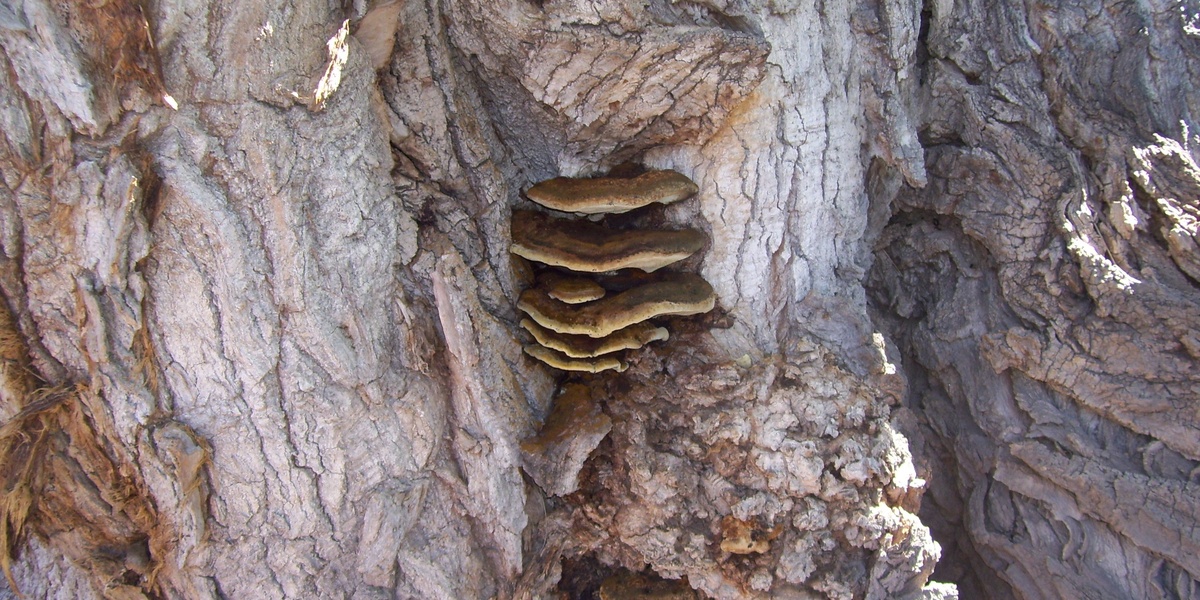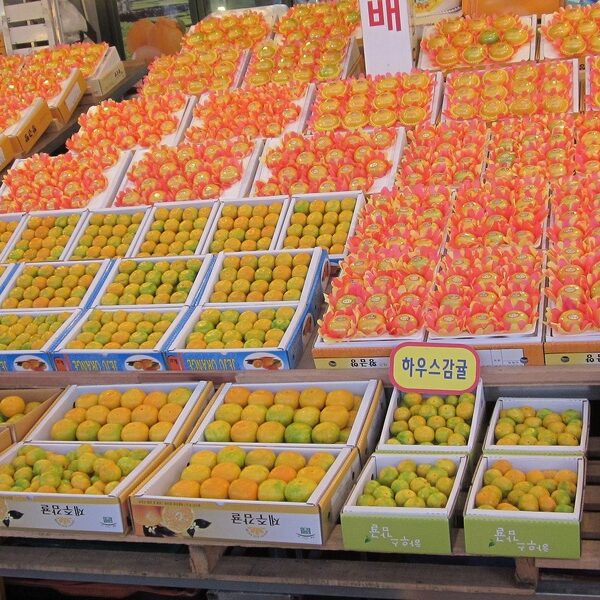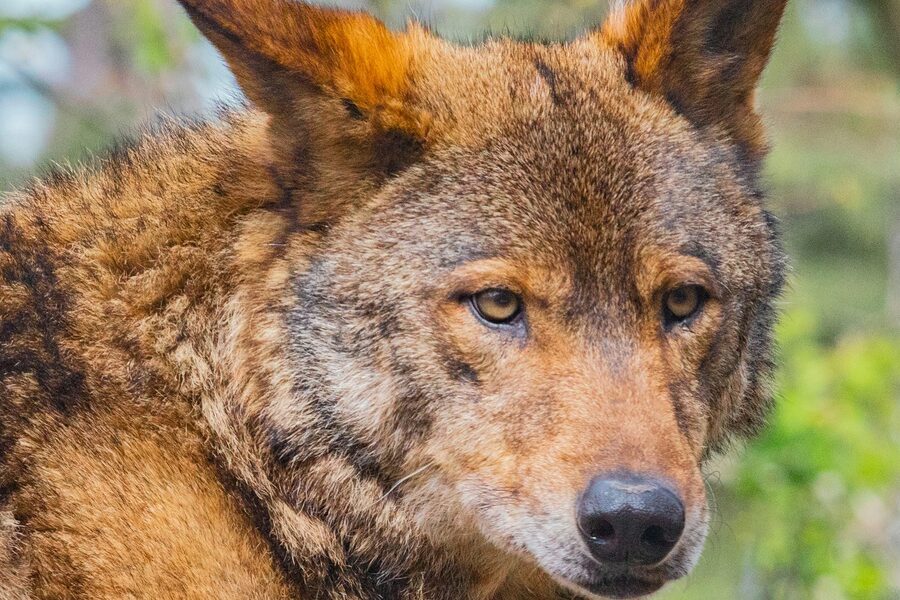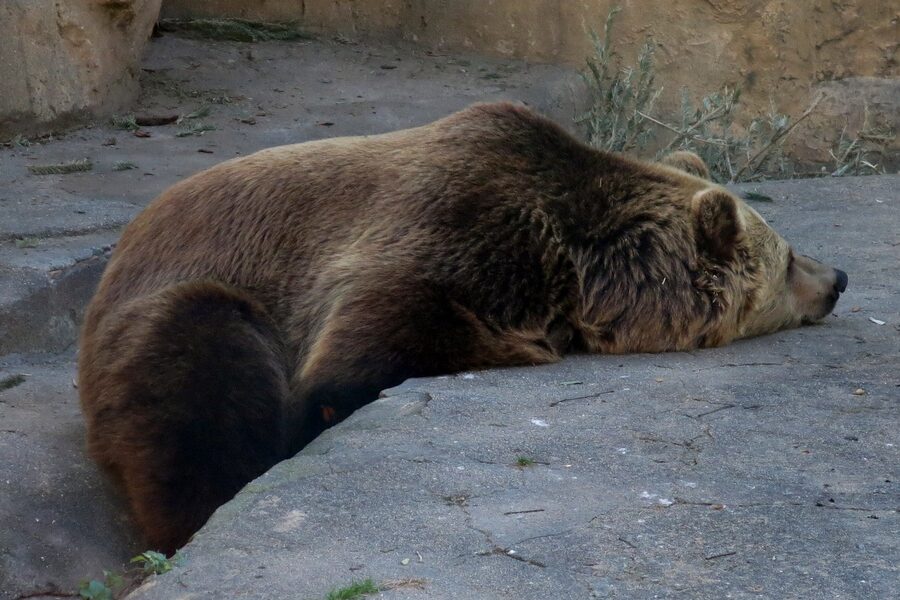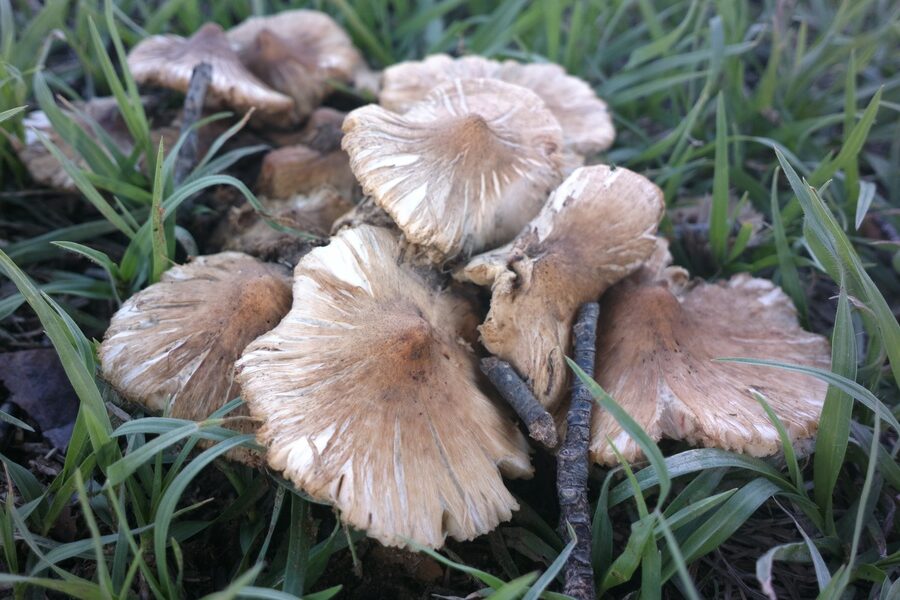The boreal zone stretches across high latitudes, a patchwork of conifers, peatlands, and cold soils where decomposition sets the pace for nutrient cycles. In this slow-moving system, tiny organisms and soil fauna quietly control carbon and nutrient flows year after year.
There are 30 boreal forest decomposers, ranging from Acidobacteria to Woodlice. For each organism, entries are organized as Scientific name,Functional group,Typical substrates so you can quickly see who breaks down leaves, wood, moss, or soil organic matter — you’ll find the list below.
How were the species on this list chosen?
The list focuses on organisms repeatedly reported in boreal decomposition studies and field surveys, prioritizing taxa with documented roles in breaking down litter, wood, or soil organic matter; selection combined published literature, common field guides, and authoritative databases to cover microbes, fungi, and invertebrates.
How can I use this list in fieldwork or research?
Use it as a quick reference to target sampling (e.g., substrates and functional groups), plan DNA or litterbag studies, or interpret community data; treat it as a starting point and supplement with local surveys and seasonal observations for accurate, site-specific applications.
Boreal Forest Decomposers
| Name | Scientific name | Functional group | Typical substrates |
|---|---|---|---|
| White-rot fungi | Phlebia radiata | saprotrophic fungus | coarse woody debris, fallen logs, dead branches, lignin-rich wood |
| Brown-rot fungi | Postia placenta | saprotrophic fungus | coniferous heartwood, dead stems, coarse woody debris |
| Heterobasidion root rot | Heterobasidion annosum | wood-decaying basidiomycete | stumps, roots, standing dead wood, heartwood |
| Armillaria (honey fungus) | Armillaria ostoyae | wood-decaying basidiomycete | roots, stumps, buried wood, decaying roots |
| Wood-decay ascomycetes | Xylaria polymorpha | saprotrophic ascomycete | dead branches, stumps, coarse woody debris, bark |
| Saprotrophic mushrooms | Marasmius spp. | saprotrophic agaric | leaf litter, needle litter, small twigs, forest floor debris |
| Saprotrophic molds (Penicillium) | Penicillium spp. | saprotrophic fungus (mold) | litter, soil organic matter, dead roots, decaying wood surfaces |
| Saprotrophic molds (Aspergillus) | Aspergillus spp. | saprotrophic fungus (mold) | litter, soil, dead plant parts, decaying wood surfaces |
| Soil yeasts | Cryptococcus spp., Sporobolomyces spp. | saprotrophic yeasts | litter, soil organic matter, fungal exudates, moist microhabitats |
| Actinobacteria | Streptomyces spp. | detritivorous bacteria | soil organic matter, dead roots, litter, chitinous material |
| Proteobacteria | Pseudomonas spp. | decomposer bacteria | litter, dissolved organics, soil organic matter, dead roots |
| Acidobacteria | Acidobacteria (phylum) | decomposer bacteria | acidic litter, peat soils, organic-rich mineral soils |
| Bacteroidetes | Flavobacterium spp. | decomposer bacteria | litter, soil organic matter, moist decaying material, polysaccharide-rich substrates |
| Soil archaea | Bathyarchaeia (Bathyarchaeota) | decomposer archaea | peat, waterlogged soils, deep organic layers, low-oxygen microsites |
| Slime molds (myxomycetes) | Fuligo spp. | microbial grazer/decomposer | litter, decaying wood surfaces, fungal mats, moist forest floor |
| Fungus gnats (larvae) | Mycetophilidae | fungivorous insect larvae | fungal mycelium, decaying wood, moist litter, fruiting bodies |
| Fungus beetles | Erotylidae and related families | fungivorous beetle | mushroom fruiting bodies, fungal mycelia, decaying wood surfaces |
| Longhorn beetles | Cerambycidae (Monochamus spp.) | xylophagous insect (wood-borer) | dead trunks, coarse woody debris, standing dead wood, large branches |
| Bark beetles | Ips spp., Dendroctonus spp. | phloem-feeding/saproxylic insect | weakened trees, recently killed stems, standing dead wood, bark |
| Saproxylic & carrion flies | Calliphoridae, Muscidae | saprophagous flies | animal carcasses, fungal rot sites, moist decaying wood, litter |
| Burying beetles | Nicrophorus spp. | necrophagous beetle (carrion specialist) | small carcasses, buried carrion, leaf litter, cryptic microhabitats |
| Dermestid beetles | Dermestes spp. | necrophagous/scavenging beetle | dry carcass remains, fur, bone fragments, nests and caches |
| Oribatid mites | Oribatida (oribatid mites) | detritivore/microbivore | leaf litter, humus, topsoil, decomposing fungi |
| Springtails | Collembola | fungivore/detritivore microarthropod | leaf litter, needle litter, microbial films, soil surface |
| Enchytraeids (potworms) | Enchytraeidae | detritivorous oligochaete | litter, upper soil organic layer, decomposing roots, fine woody debris |
| Millipedes | Diplopoda | detritivore macroarthropod | leaf litter, decaying wood, coarse organic matter, humus |
| Woodlice | Oniscidea | detritivorous isopod | leaf litter, decaying wood, moist microhabitats, fungal-rich litter |
| Soil amoebae & protists | Amoebozoa and other protists | microbial grazers | soil organic matter, biofilms, litter, microbial hotspots |
| Nematodes | Nematoda | microfaunal grazers (bacterivores/fungivores) | soil organic layer, litter, rhizosphere, fungal-rich zones |
| Saprotrophic oomycetes | Saprolegniales, Pythiales (various) | saprotrophic oomycetes | waterlogged litter, peat, fine roots, submerged woody debris |
Images and Descriptions
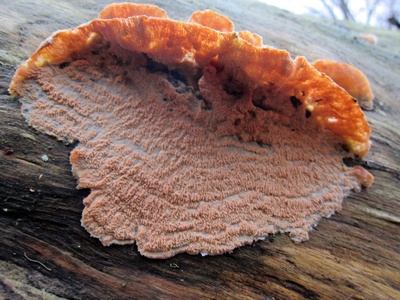
White-rot fungi
White-rot fungi like Phlebia radiata break down lignin and tough wood compounds in standing dead and logs. Active in warmer months but some persist under snow, key to carbon cycling; common on spruce and birch in boreal forests.
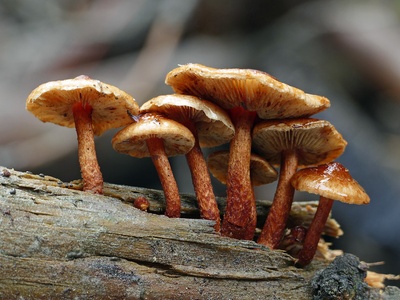
Brown-rot fungi
Brown-rot fungi such as Postia placenta rapidly consume cellulose and hemicellulose, leaving crumbly, brown wood. Most active in late spring through autumn; important for nutrient release and creating habitat for other species in conifer-dominated boreal stands.
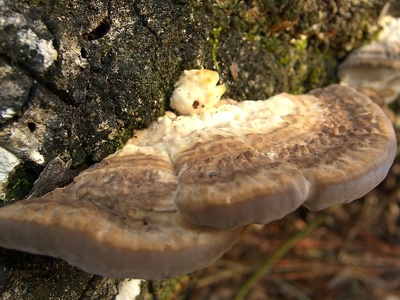
Heterobasidion root rot
Heterobasidion annosum is a major wood-decaying Basidiomycete attacking stumps and roots, decomposing heartwood and recycling nutrients. Active in summer and autumn, it spreads via spores and root contacts, shaping long-term decay in pine and spruce forests.
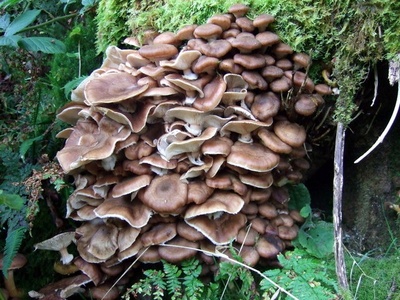
Armillaria (honey fungus)
Armillaria ostoyae grows as underground rhizomorphs and fruiting clusters, decomposing roots and woody tissue. Active in warm months but mycelium persists year-round; it both decays dead wood and causes mortality that fuels future decomposition in boreal conifer stands.
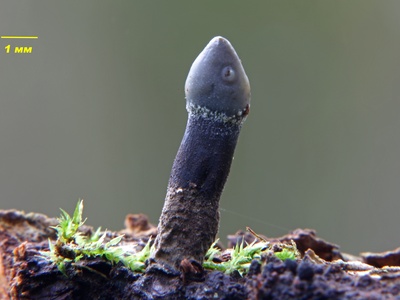
Wood-decay ascomycetes
Xylaria polymorpha and related ascomycetes colonize dead branches and stumps, slowly degrading cellulose and lignin in coarse woody debris. Often fruiting in late summer and autumn, they help create fine humus and provide food for fungivores in boreal woodlands.
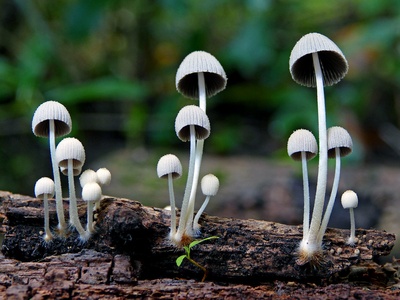
Saprotrophic mushrooms
Small saprotrophic agarics like Marasmius grow on leaf and needle litter, breaking down cellulose and speeding decomposition pulses during warm, moist periods. They fruit after rains and are common under conifers, linking litter decay to soil nutrient release in boreal forests.
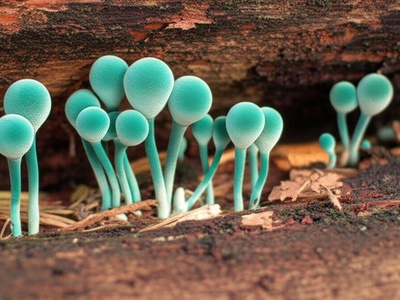
Saprotrophic molds (Penicillium)
Penicillium species are common saprotrophic molds in soil and litter, rapidly decomposing fine organic matter and dead roots. Active across seasons but fastest in warm moist months; they release nutrients and often colonize decaying wood surfaces in boreal soils.
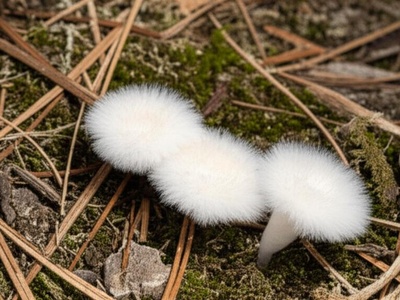
Saprotrophic molds (Aspergillus)
Aspergillus molds inhabit litter, soil and dead plant parts, breaking down complex carbohydrates and contributing to humus formation. They grow best in warm microhabitats and are important in early stages of decay across boreal understories and forest floors.
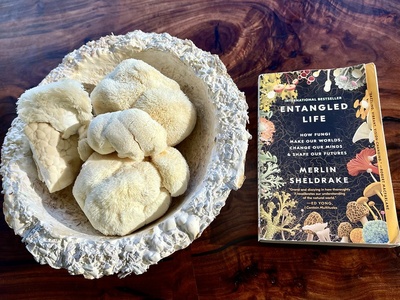
Soil yeasts
Soil yeasts such as Cryptococcus and Sporobolomyces live in litter and soil, consuming simple sugars and fungal exudates. They are active in moist periods and during snowmelt, forming an overlooked part of microbial decomposer communities in boreal soils.
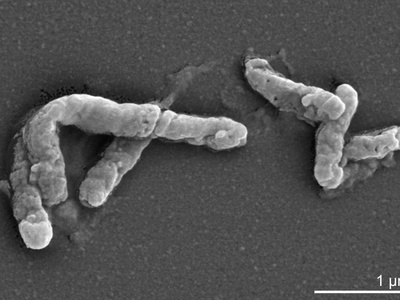
Actinobacteria
Actinobacteria like Streptomyces thrive in cold soils, breaking complex plant polymers including cellulose and chitin. They act year-round with activity spikes in spring and summer, producing enzymes and antibiotics that shape decomposition and soil microbial communities in boreal forests.
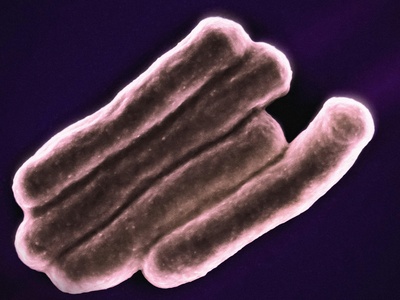
Proteobacteria
Proteobacteria such as Pseudomonas spp. rapidly mineralize simple organics in litter and soils, often dominating early decomposition stages after litterfall. They are most active in thawed months and help release nitrogen and carbon for plants and fungi in boreal systems.
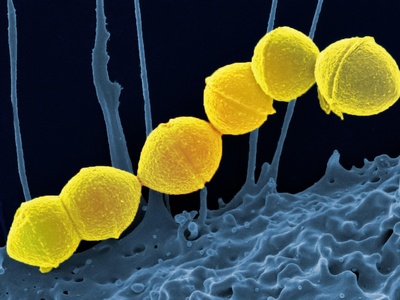
Acidobacteria
Acidobacteria are abundant soil bacteria adapted to acidic, cool boreal soils, decomposing recalcitrant organic matter slowly. They work year-round, especially under conifer litter, contributing to gradual carbon turnover and interacting with fungi in the forest floor.
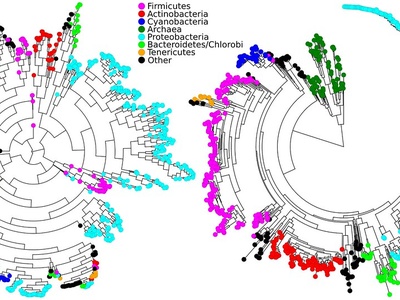
Bacteroidetes
Bacteroidetes like Flavobacterium decompose high-molecular-weight organic compounds in soil and litter, particularly during moist seasons. They specialize in breaking down polysaccharides and support nutrient release during spring thaw and summer decomposition pulses in boreal forests.
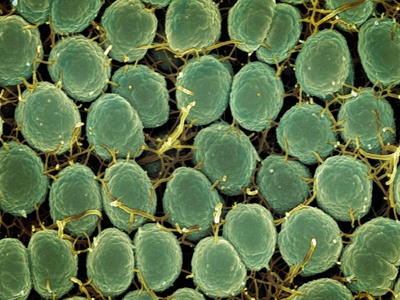
Soil archaea
Soil archaea such as Bathyarchaeia participate in slow breakdown of complex organics and carbon cycling in cold soils. Often active in deeper, low-oxygen microsites and during thaw, they complement bacterial decomposition in boreal peat and mineral soils.
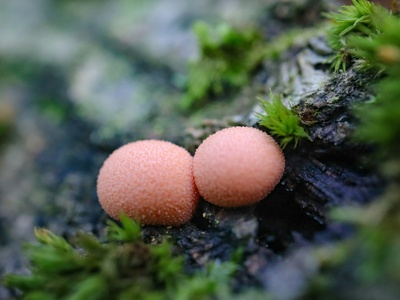
Slime molds (myxomycetes)
Slime molds (myxomycetes) like Fuligo consume bacteria and fungal spores on litter and decaying wood, accelerating decomposition by releasing nutrients. Visible as plasmodia in warm moist periods, they peak in activity during summer and early autumn on the forest floor.
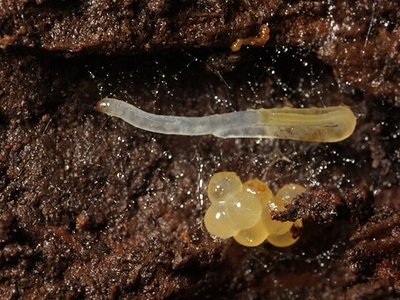
Fungus gnats (larvae)
Fungus gnat larvae (Mycetophilidae) feed on fungal mycelia and decaying wood, linking fungal decomposition to insect food webs. They are most numerous in moist, shaded patches and during warm months when fungi fruit on logs and stumps in boreal woods.
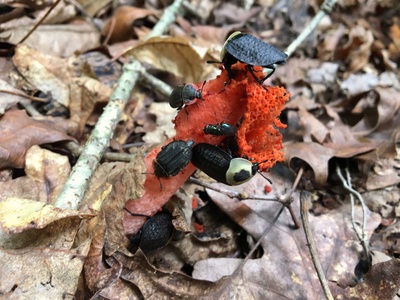
Fungus beetles
Pleasing fungus beetles (Erotylidae) and similar fungivores consume fruiting bodies and mycelium, aiding spore dispersal and decomposition. Active in summer when mushrooms are abundant, they occur on fallen logs and in fungal-rich litter across boreal forests.
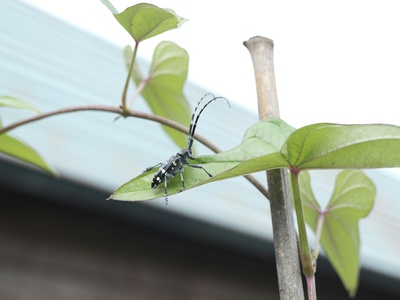
Longhorn beetles
Longhorn beetle larvae (Cerambycidae, e.g., Monochamus spp.) tunnel in dead and dying wood, mechanically breaking down heartwood and promoting fungal colonization. Larvae develop over one to several years, driving wood decay and creating cavities for other decomposers.
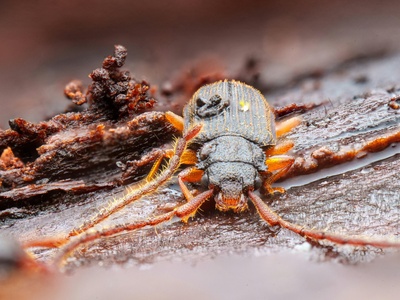
Bark beetles
Bark beetles (Ips, Dendroctonus) feed in phloem of weakened or recently killed trees and accelerate tree turnover. Outbreaks create vast quantities of dead wood and trigger fungal decomposition; most activity occurs in warm months when beetles disperse and infest hosts.
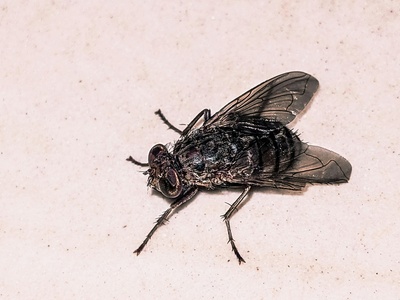
Saproxylic & carrion flies
Saproxylic and carrion flies (Calliphoridae, Muscidae) lay larvae in decaying wood, fungi or animal carcasses; maggots rapidly consume soft tissues and contribute to nutrient release. They are most active in spring and summer and are important early-stage decomposers.
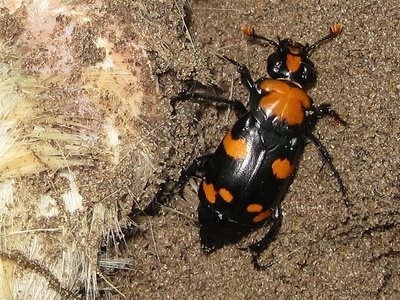
Burying beetles
Burying beetles (Nicrophorus) locate small carcasses and bury them, providing a nutrient-rich microhabitat where beetle larvae and microbes decompose tissue. Active in spring and summer, they speed nutrient recycling and seed microbial succession in boreal litter.
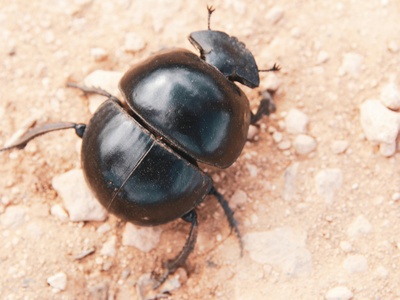
Dermestid beetles
Dermestid beetles like Dermestes skeletize dry skin and fur on carcasses and bones, recycling the last nutrients from remains. Larvae and adults are active in warmer months and often inhabit nests, logs and cached bones in northern forests.
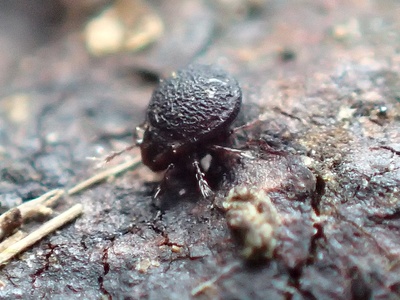
Oribatid mites
Oribatid mites live in litter and topsoil, slowly fragmenting organic matter and grazing fungi and bacteria. They reproduce slowly and remain active under snow, making them key year-round contributors to fine-scale decomposition and soil structure in boreal floors.
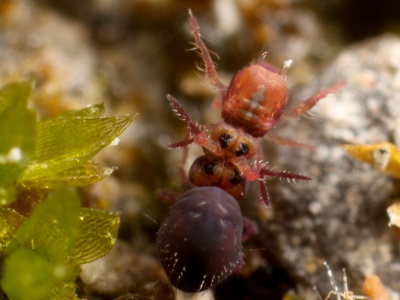
Springtails
Springtails (Collembola) graze on fungi, decaying plant tissue and biofilms, fragmenting litter and enhancing microbial access. Most active in moist spring and summer but many tolerate cold and remain active under snow, central to nutrient cycling on the forest floor.
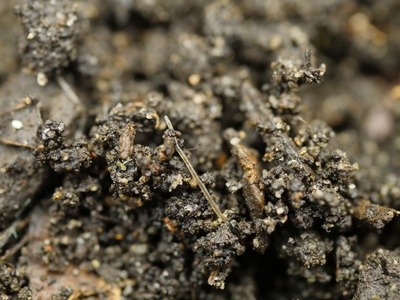
Enchytraeids (potworms)
Enchytraeids (potworms) are small annelids that feed on decomposing organic matter and microbes in litter and upper soil. Active in moist conditions including spring thaw, they fragment material and stimulate microbial decomposition in boreal soils.
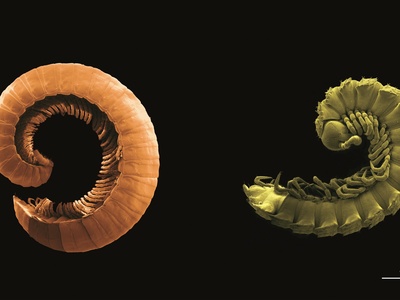
Millipedes
Millipedes (Diplopoda) eat leaf litter and dead wood, shredding material into smaller pieces and enriching soil with faecal pellets. Mostly active in moist, warmer months, they are important macro-detritivores in boreal forest understory and decaying wood habitats.
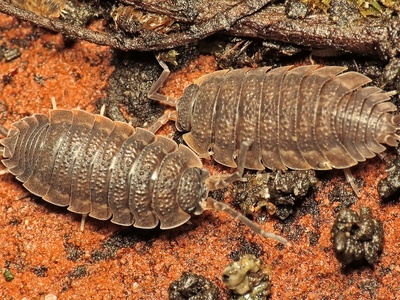
Woodlice
Woodlice (Oniscidea) feed on decomposing plant material and fungal matter, breaking litter into finer fragments and aiding microbial colonization. They prefer moist microhabitats and are active in summer and during brief thaws beneath snow in boreal forest floors.
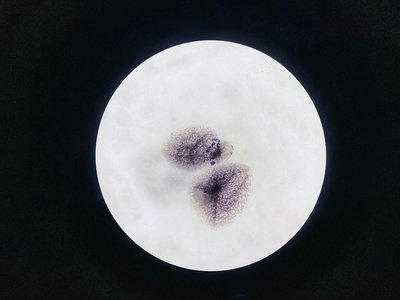
Soil amoebae & protists
Soil amoebae and other protists graze on bacteria and small fungi in litter and soil, accelerating nutrient mineralization. They bloom during warm, moist periods and snowmelt, shaping microbial communities that drive decomposition in boreal soils.
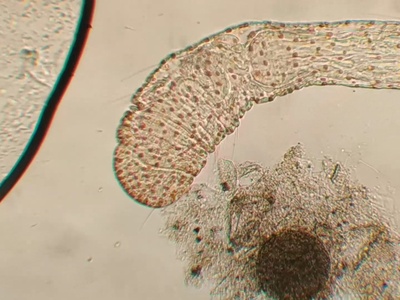
Nematodes
Nematodes in boreal soils include bacterivores, fungivores and omnivores that control microbial populations and help recycle nutrients. Active under snow and during thaw, they transfer energy from microbes to larger soil fauna and speed decomposition processes.
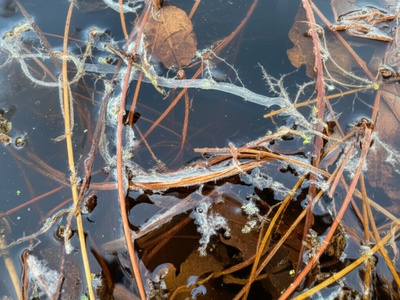
Saprotrophic oomycetes
Saprotrophic oomycetes (water molds) decompose fine roots, litter and woody debris in moist microsites, especially after wet periods. They are active during thaw and wet seasons and often colonize submerged or waterlogged decaying material in boreal peatlands and riparian zones.
